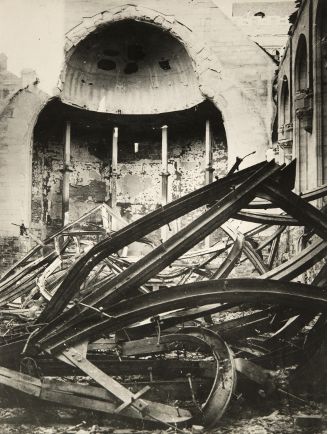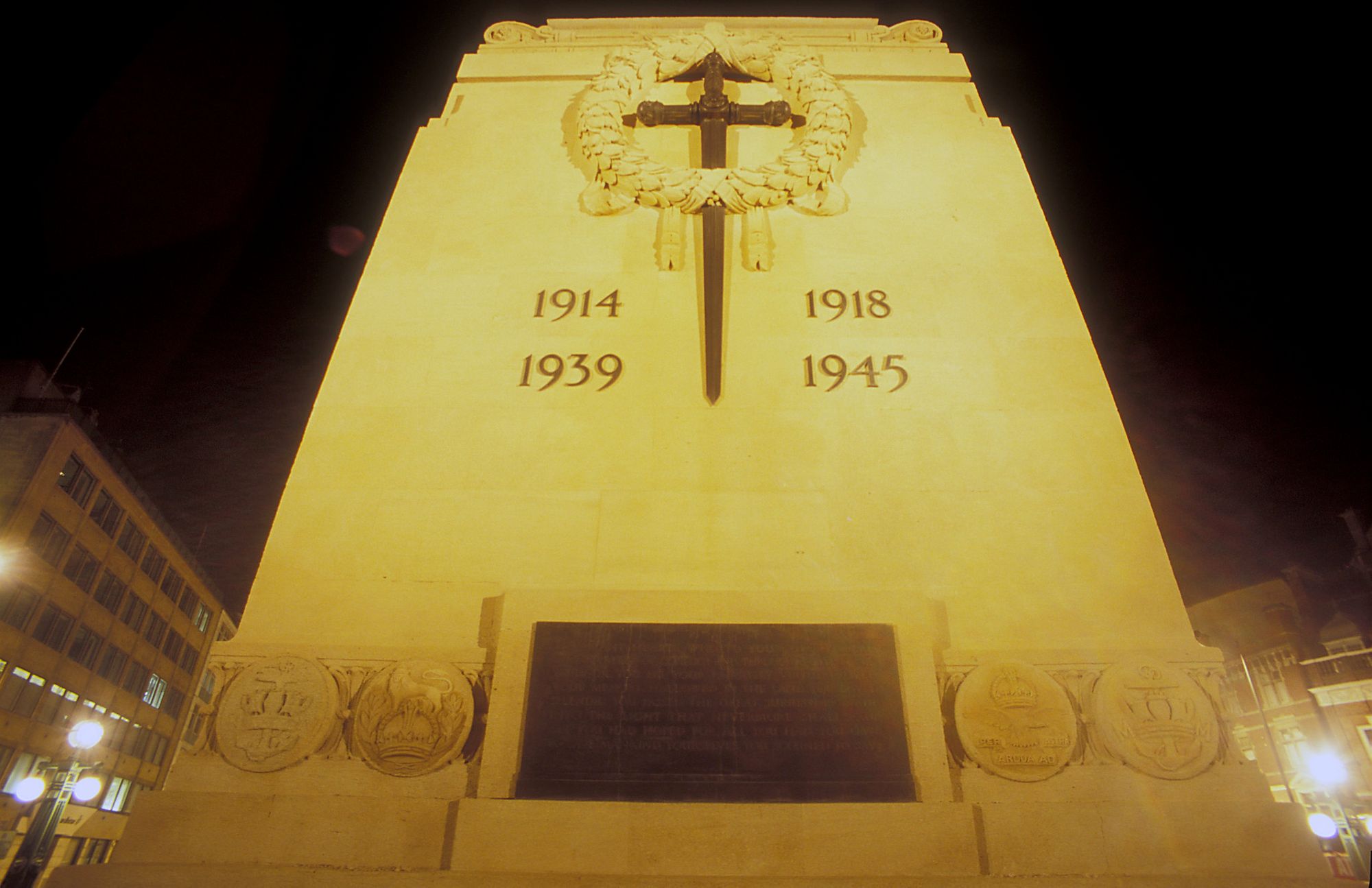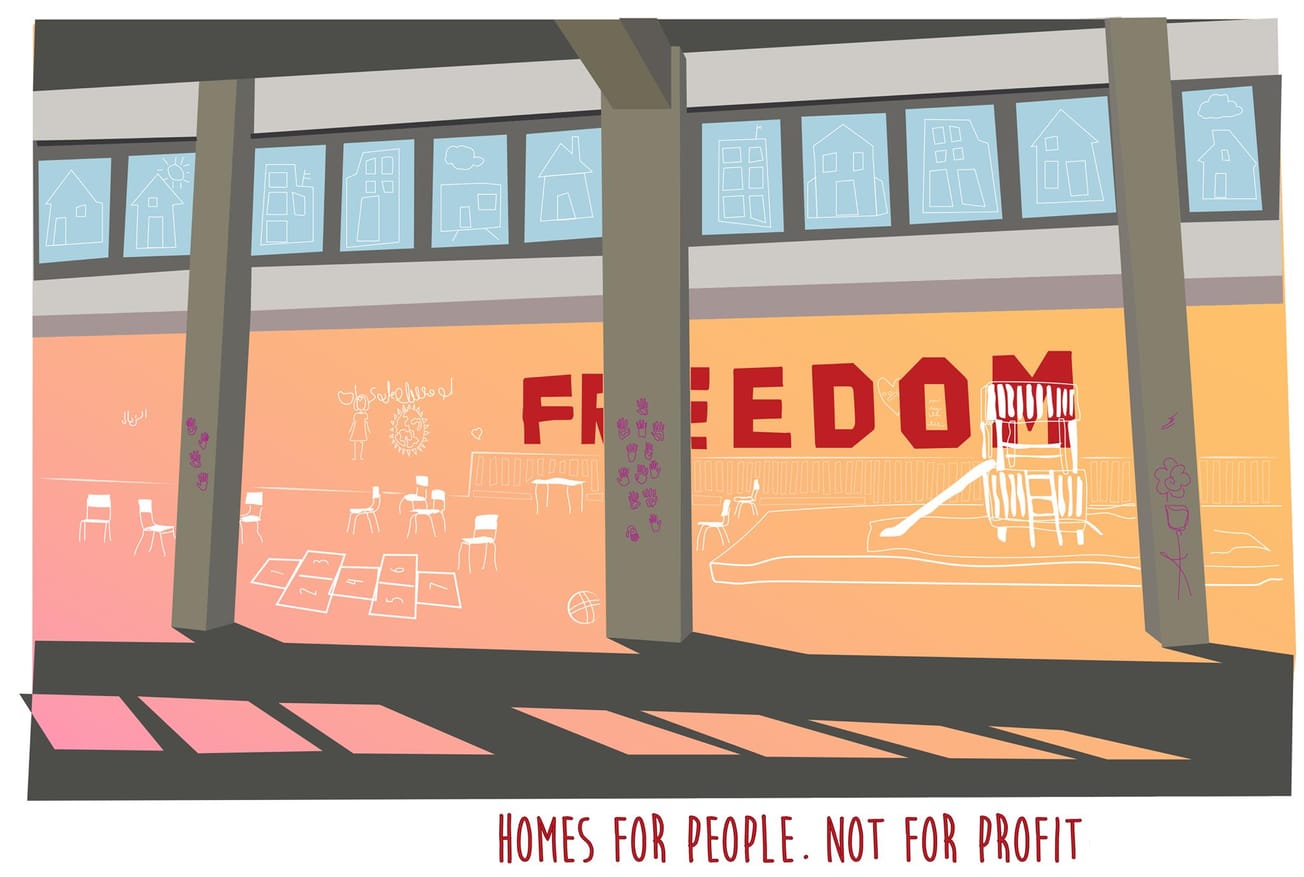By Marine Saint
With Remembrance Day events being scaled back this year, it is now more important than ever to reflect on the Second World War, arguably one of the most tumultuous periods in the city’s history.
The city’s experience of conflict is best remembered in the Bristol Blitz, which began on 24 November 1940 and resulted in the deaths of approximately 1,300 civilians and greatly damaged the city’s architecture. However, it was also a time of civil unrest with the segregation of black US officers who were based in the city as part of the US army from 1942.
Bristol Blitz
The first night of the Bristol Blitz was a defining moment in the city’s role during the war. Targeted because of its strategic significance, the initial air raid alone saw 20,000 bombs dropped on the city. As a result, thousands of houses were destroyed, buildings such as St Peter’s Church were set alight, and over 200 people were killed.
Alderman Thomas Underwood, Lord Mayor of Bristol at the time, said: ‘The City of Churches had in one night become the city of ruins.’ The immense shock of the bombing raids fostered reactions of disbelief and despair from inhabitants, as one local journalist cycling in the centre recalled in the Western Daily Press in 1945:

‘I carried my cycle down through an avenue of flame which seemed to be straining to join its hungry hands across the cringing thoroughfare… When I got to the bottom of Park Street and looked back at this mighty torch flaming to the skies, I estimated that every third shop was ablaze.’
The air raids and bombing continued for over three years, ending in May 1944. Bristol Temple Meads Railway station, the Granary on Princes Wharf, and the Bishop’s Palace were among some of the countless buildings that were heavily damaged. The final major raid on the city, named the Good Friday raid, took place as late as 11 April 1944.
The morale and determination of Bristol’s Home Guard, voluntary war staff, and civilians was inspiring to the nation at the time and remain a defining moment of pride. A visit on 16 December 1940 from King George VI and Queen Mary no doubt raised the city’s spirits, but additionally the tireless work of Bristolians was praised by the University’s Chancellor, Winston Churchill himself, when he applauded the attendees of the 1941 graduation ceremony’s ‘fortitude and phlegm.’
The event was a display of strength in a time of great suffering, as the Wills Memorial Building was still burning whilst it took place. The Prime Minister’s Private Secretary, John Colville, noted in his diary how they ‘walked and motored through devastation such as I had never thought possible.’
On #VEDay75, we look back at Winston Churchill's visit to Bristol just weeks before the end of World War Two.
— Bristol University 🎓 (@BristolUni) May 8, 2020
Incredible colour footage from @BristolArchives shows 1000s of people lining the streets to celebrate the Prime Minister, who was also our Chancellor for 36 years. pic.twitter.com/AYIM97q8fa
In BBC interviews from 2015, recollections from residents who lived through this distressing time were recorded. Fire watcher Eric Tyley recalled his surprise at the buildings ‘all blitzed out’ and still alight the morning after a raid. For those too young to understand the gravity of the bombing, such as 12-year-old schoolboy Monty Britton, the morning debris was an occasion to collect shrapnel and put out the remaining incendiaries:
‘At the time I found it tremendously funny. But [my family] were scared, petrified stiff and that had never occurred to me.’
American Servicemen in Bristol
Although the trajectory of the Bristol Blitz has been characterised by stories of unity and tremendous community spirit, the history of the US Army billeted in Bristol has not been as widely investigated. The total figure of American servicemen in Bristol reached 300,000 in the run up to D-Day.
Bristolians were, for the most part, welcoming, with events organised for the US forces by organisations such as the Columbia Club. Nevertheless, the British government did not stop the American Army’s segregation laws. This meant that whilst US troops were in the UK, black GIs were housed in separate units.
In comparison to the Jim Crow laws still in place in 1940s America, the relatively accepted socialising between the soldiers and locals was an improvement, with some businesses such as the pub formally known as the Colston Arms refusing to segregate black and white GIs when serving them.
In one incident The Lancashire Riot locals sided with black GIs who were barred from entering a pub by white GIs. There was a massive fight and as I remember it the pub landlord banned the white GIs from coming in until they'd learned some manners.
— Otto English (@Otto_English) April 12, 2018
The American soldiers also integrated themselves into the social wartime community in Bristol, bringing American jazz music to the city’s dances. Writer Bonnie Greer recalled to the BBC how her father, former GI Ben Greer, told her that it was the ‘first decent experience of white people I'd ever had.’
However, racial tensions rose when it came to local women socialising with the Black GIs, with attempts from Whitehall to encourage the distribution of unofficial warnings to the Women’s Voluntary Service. The main cause of the Park Street riot, on the other hand, was the social barring of black GIs from Bristol’s pubs, culminating in a brawl between over 400 black soldiers and 120 military police officers on 15 July 1944.
Residents reportedly cheered on the American soldiers, but the riot had fatal consequences as one black GI died, and several were injured. Although the US Army reacted by trying to impose further restrictions on the black soldiers, the impact was profound: the numbers of US servicemen in Bristol rapidly decreased.
Collective Memory
What the Park Street riot shows us today is the importance of remembering all aspects of the city’s history, even in a period like WW2 which is primarily associated with heroic public spirit. Destroyed by the Luftwaffe, the ruins of St Peter’s church in Castle Park has a memorial to those who lost their lives in the bombing. The Bristol cenotaph to civilians who died in battle during both world wars can also be found in Magpie Park.

The bravery of Bristol’s residents in the war service and the Blitz is a vital part of the city’s history and should rightly be commemorated, but it is equally significant to acknowledge Bristol’s role in contemporary US civil rights and race relations discourses.
Featured Image:









